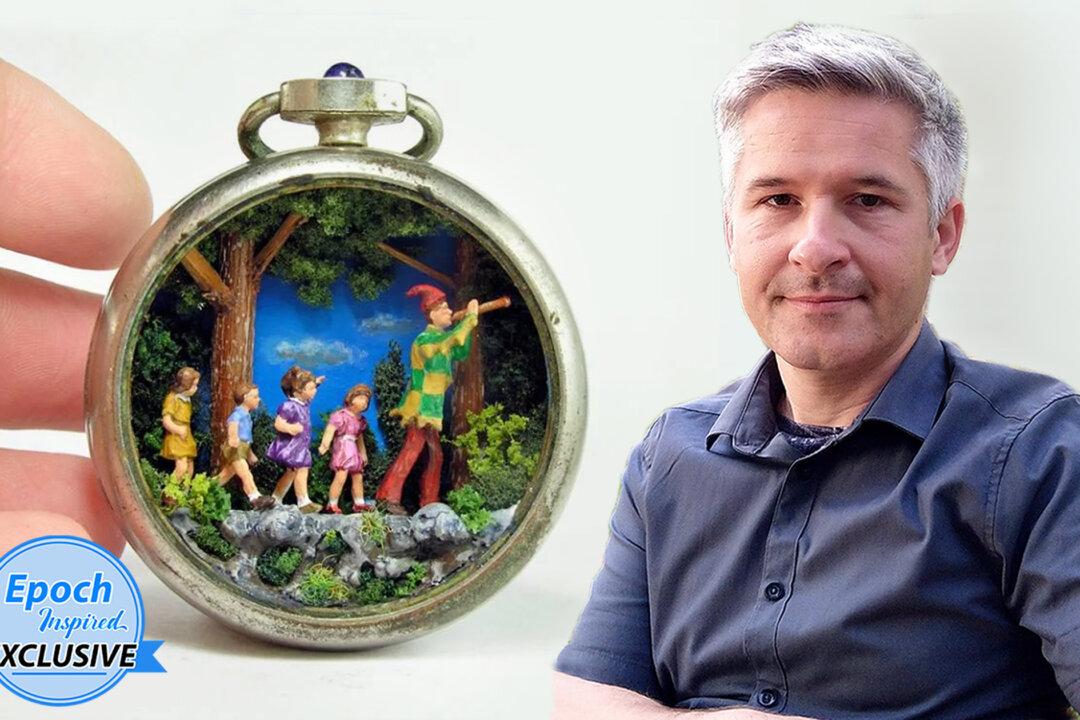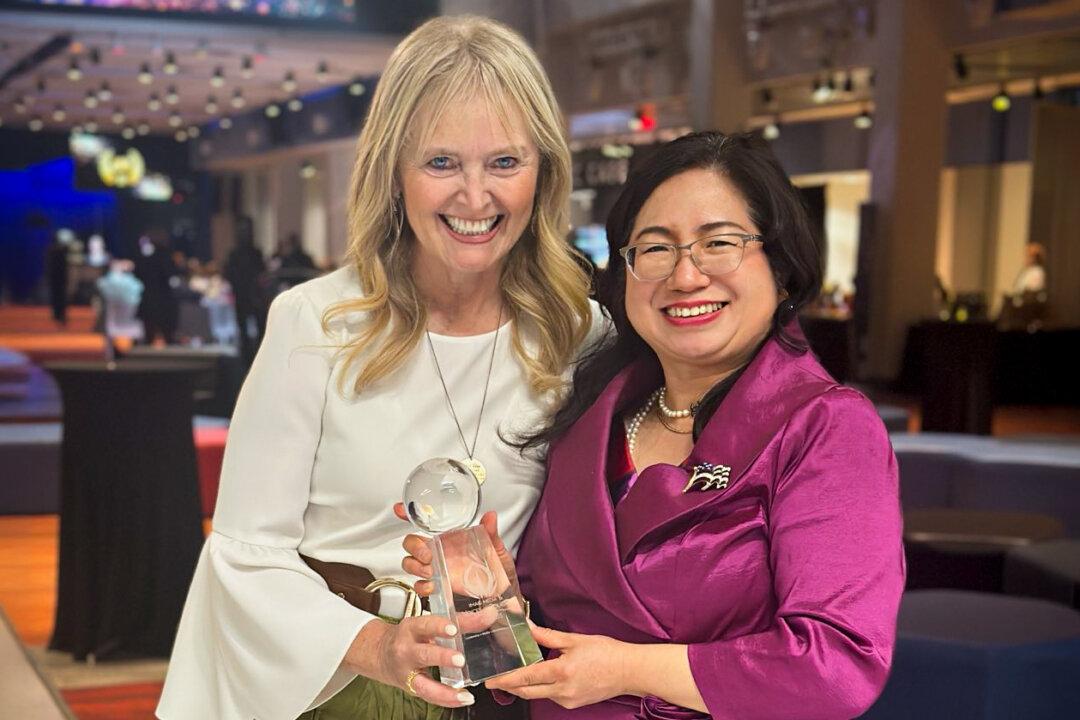With the harmonious combination of tiny pieces and materials, a Greek artist has been creating aesthetically pleasing miniature worlds enclosed in small boxes, frames, and watch cases.
From an early age, Gregory Grozos had a natural inclination for the arts, as his father was a graphic designer who also liked to paint in his free time. Following in his father’s footsteps, Grozos went on to study graphic design and earned a degree from the Athens School of Fine Arts.






